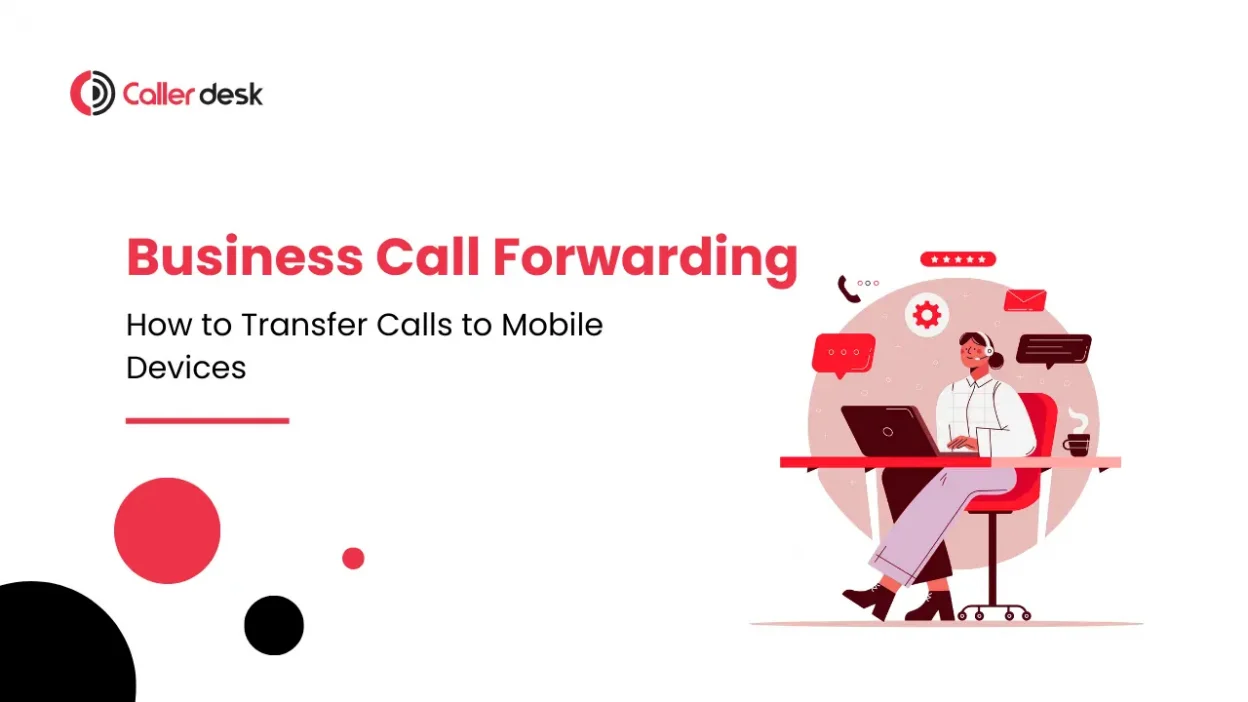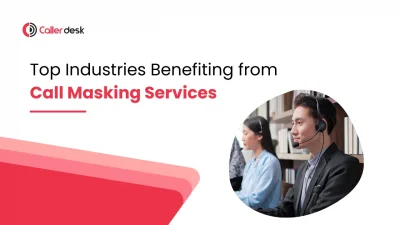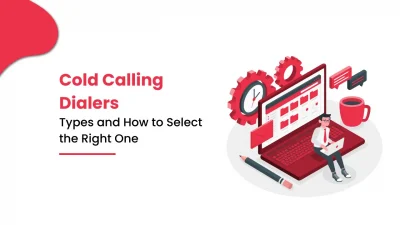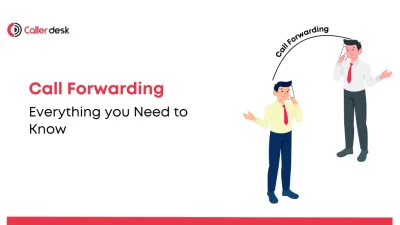Have you ever thought how much more efficient your business could be if you never missed an important call?
Learning how to use call forwarding to mobile devices can transform the way you manage customer interactions, enhancing efficiency in your business operations. For call centers and businesses transitioning to cloud phone systems, mastering call forwarding ensures you remain reachable, responsive, and professional, no matter where you are.
This blog will show you how to do it, so you can keep your communication seamless and your customers happy.
Understanding Business Call Forwarding
Call forwarding is a feature that allows businesses to direct incoming calls from one phone number to another, such as a mobile device. This is especially useful for maintaining constant communication, regardless of where you are. By using call forwarding, your business can ensure that calls are answered even when employees are out of the office, working remotely, or on the go. This helps in providing uninterrupted customer service and improves overall efficiency.
Step-by-Step Guide: Transferring Calls to Mobile Devices
1. Setting Up Call Forwarding on Traditional Phone Systems
Step 1: Access Your Phone System Settings
- Locate the call forwarding settings in your business phone system.
- This can typically be found in the phone’s menu or through your service provider’s online portal.
Step 2: Enter the Mobile Number
- Input the mobile number you want to forward calls to.
- Ensure you include the area code and any necessary international codes.
Step 3: Activate Call Forwarding
- Follow the prompts to activate call forwarding.
- Confirm that the feature is enabled by testing with a test call.
2. Call Forwarding on Cloud Phone Systems
Step 1: Log in to Your Cloud Phone System
- Access your cloud phone system dashboard using your credentials.
- Navigate to the call management section.
Step 2: Configure Call Forwarding Rules
- Set rules for when and how calls should be forwarded.
- Options may include forwarding all calls, forwarding calls when busy, or forwarding after a set number of rings.
Step 3: Specify the Mobile Number
- Enter the mobile number to which you want calls forwarded.
- Save the changes to apply the new settings.
Step 4: Test the Configuration
- Conduct a test call to ensure that the call forwarding is working correctly.
- Change settings if required based on the test results.
Troubleshooting Common Issues in Call Forwarding
Call forwarding can occasionally run into issues, but most problems can be resolved with quick checks and adjustments:
1. Calls Are Not Forwarding
- Verify Activation: Ensure the call forwarding feature is enabled in your phone system or service settings.
- Check the Forwarding Number: Confirm the mobile number is entered correctly, including the country and area code if applicable.
- Account Restrictions: Ensure there are no restrictions or limitations on your phone plan that might prevent call forwarding.
2. Poor Call Quality
- Check Network Signal: A weak mobile signal can cause disruptions. Ensure you are in an area with strong cellular coverage.
- Use VoIP Services: If the issue persists, consider switching to a VoIP-based system that provides higher quality calls over a reliable internet connection.
- Bandwidth Optimization: For VoIP, ensure your internet connection is stable and has sufficient bandwidth for voice calls.
3. Missed Calls
- Inspect Network Issues: Confirm the forwarded device has a stable network connection. Restart the device if necessary.
- Review Call Forwarding Rules: Ensure the rules are properly configured, such as forwarding to the correct number and being active during the intended hours.
- Set Ring Time: Adjust the duration before a call forwards to avoid the call being missed due to insufficient ring time.
By addressing these common issues, you can ensure smooth and reliable call forwarding for your business.
Conclusion
Transferring business calls to mobile devices ensures that you never miss an important call, even when you’re away from your desk. By following the steps outlined above, call centers and businesses can maintain seamless communication and improve customer satisfaction.





